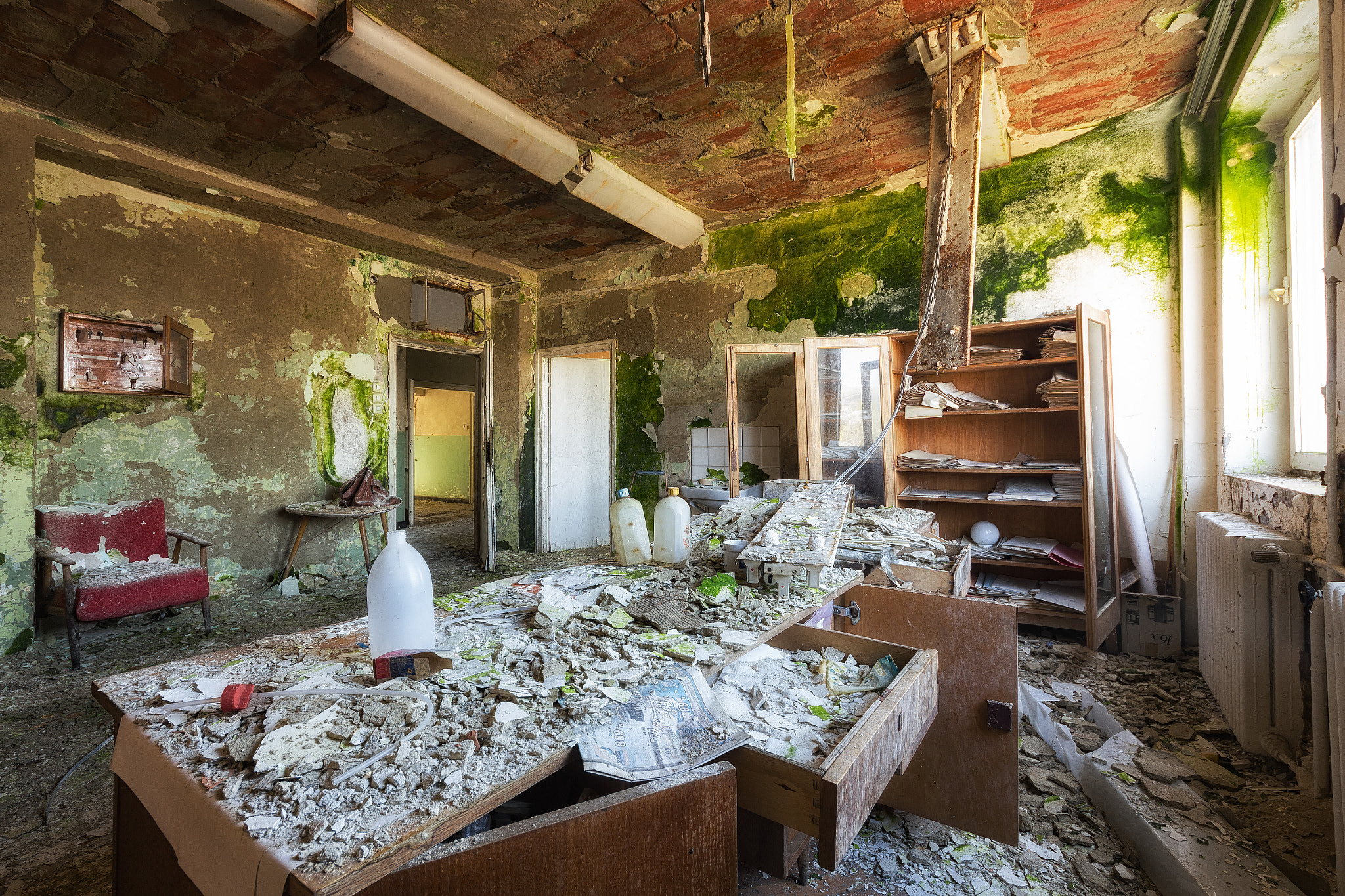Office furniture plays a vital role in any work environment, providing not only functional support but also contributing to the overall aesthetics, comfort, and productivity of employees. From workstations and seating to filing cabinets and conference tables, picking the right pieces can influence both worker health and the efficiency of daily operations.
Desks are the primary workspace for employees. Whether in an open-plan office or personal cubicles, desk design and functionality impact productivity. Adjustable standing desks have become popular in recent years, as they offer flexibility, enabling staff to alternate between sitting and standing, which can improve focus and reduce fatigue. L-desks and corner workstations give more working space, ideal for those handling multiple monitors or requiring space for documents and other office tools.
One of the most important pieces of office furniture is the chair for office. Ergonomic seating are crucial for preventing discomfort and long-term health issues, like neck strain and back issues. Features like adjustable height, lumbar support, and breathable fabric ensure comfort through long work hours. Executive chairs offer extra padding and features for those in managerial positions, while task seating is typically more common for general office work.
Proper storage is essential to keep the office organized and clutter-free. Filing cabinets, bookshelves, and mobile pedestals help manage paperwork, office supplies, and personal items. In todays offices, modular storage options offer versatility, letting businesses adapt storage setups to fit their shifting requirements.
Workplace furniture isnt limited to personal desks. Conference tables, meeting room chairs, and collaborative workstations play a key role in fostering collaboration and communication. Opting for contemporary, comfortable, and spacious items in meeting rooms can create a more professional and welcoming atmosphere, promoting engagement and innovative thinking during discussions.
The aesthetic design of office furniture can reflect a companys brand and culture. Contemporary and sleek furniture suggests a modern touch, while classic wood-based designs communicate reliability and professionalism. Moreover, the choice of colors and materials can affect both mood and work efficiency, with lighter tones promoting calmness and darker colors giving a sense of authority.
Workplace furniture goes beyond mere function; it plays a pivotal role in boosting comfort, efficiency, and overall performance. Investing in ergonomic, adaptable, and stylish furniture can greatly improve the office atmosphere, resulting in a happier, more productive team.
Desks are the primary workspace for employees. Whether in an open-plan office or personal cubicles, desk design and functionality impact productivity. Adjustable standing desks have become popular in recent years, as they offer flexibility, enabling staff to alternate between sitting and standing, which can improve focus and reduce fatigue. L-desks and corner workstations give more working space, ideal for those handling multiple monitors or requiring space for documents and other office tools.
One of the most important pieces of office furniture is the chair for office. Ergonomic seating are crucial for preventing discomfort and long-term health issues, like neck strain and back issues. Features like adjustable height, lumbar support, and breathable fabric ensure comfort through long work hours. Executive chairs offer extra padding and features for those in managerial positions, while task seating is typically more common for general office work.
Proper storage is essential to keep the office organized and clutter-free. Filing cabinets, bookshelves, and mobile pedestals help manage paperwork, office supplies, and personal items. In todays offices, modular storage options offer versatility, letting businesses adapt storage setups to fit their shifting requirements.
Workplace furniture isnt limited to personal desks. Conference tables, meeting room chairs, and collaborative workstations play a key role in fostering collaboration and communication. Opting for contemporary, comfortable, and spacious items in meeting rooms can create a more professional and welcoming atmosphere, promoting engagement and innovative thinking during discussions.
The aesthetic design of office furniture can reflect a companys brand and culture. Contemporary and sleek furniture suggests a modern touch, while classic wood-based designs communicate reliability and professionalism. Moreover, the choice of colors and materials can affect both mood and work efficiency, with lighter tones promoting calmness and darker colors giving a sense of authority.
Workplace furniture goes beyond mere function; it plays a pivotal role in boosting comfort, efficiency, and overall performance. Investing in ergonomic, adaptable, and stylish furniture can greatly improve the office atmosphere, resulting in a happier, more productive team.
